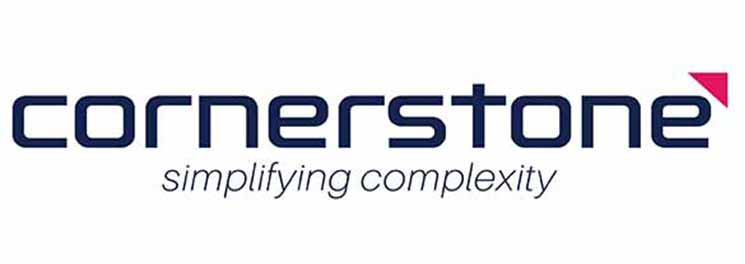
Gap remediation: 3 IBP principles for successful executive decision-making
In the world of IBP, gap identification is just one-half of the equation. Deciding what to do about your gaps is just as important.
In integrated business planning (IBP), identifying gaps between top-down and bottom-up plans is paramount. However, identifying gaps is just half of the equation; the other half is deciding what to do about them.
Think of it as gap remediation; or creating bridges between your data-driven insights, and the realisation of IBP value (as Gartner puts it). Whatever you call it, it’s arguably the most critical step of the process.
In this article, we’ll dive deeper into the final step of the five-stage IBP process (Executive Review). While not all IBP gap remediation decisions need to cross the executive table, the most significant ones will. Here are our three preferred strategies to help you get it right.
Strategy 1: Send the right decisions to Executive Review.
IBP is a collaborative process that works best with buy-in at the leadership level. Often, however it’s the direct reports to the executive team who are responsible for attending monthly meetings and moving the process forward (directors, heads of departments and so on).
There’s no problem with this approach, but it also means that the IBP steering group must have a shared understanding of which decision-remediation gaps go through to Executive Review. This threshold will depend on a range of factors specific to your business, such as delegations of authority.
Let’s say you’ve identified a looming gap between your top-down budget and bottom-up sales forecast. You’ve modelled a range of scenarios in your IBP planning tool, and the data is telling you a lack of production capacity for a particular product group or category is the likely cause.
Your first step would be to dive a little deeper to see if actions within the IBP steering committee’s delegations of authority (for example, authorising an extra shift at one manufacturing facility) will remediate the gap.
If there are no remediation options within your delegations of authority, then more significant action is required. In this example, you may need to recommend a larger capital investment to expand your manufacturing capabilities. This decision goes to your executive team – once other remediation options have been identified, modelled and considered.
Strategy 2: Larger decisions should be data-driven, but not automated.
Yes, we’re in the era of AI and intelligent automation, and many IBP tools harness an array of these technologies. While IBP is a data-driven process underpinned by intelligent analytics, you can’t automate decision-making on the remediation of gaps above a certain threshold.
Whatever you’re taking to the Executive Review stage, always frame it as a proposal for consideration. While your system may crunch the data on a range of scenarios and come up with one that it prefers, this option is not a fait accompli.
Instead, try presenting the leadership group with a smaller handful of options for consideration, whittled down from your modelling of various scenarios, with the anticipated impacts and benefits of each clearly laid out.
Having a preferred scenario or strong recommendation is fine, but don’t let your only justification for this be “because my planning tool told me so”. Humans must always have the final decision.
Strategy 3: If you’ve got the tools, let them make your job easier.
IBP is a process and not a tool. The right foundations, buy-in and support will allow you to stand up a healthy IBP process using Excel, with the aim of maturing your process as you go.
Over time, you may look to invest in a connected planning tool to support your maturing IBP process. These are especially useful when it comes to preparing your proposals and decisions for Executive Review.
The best planning tools ways to accelerate and interconnect the process of scenario modelling (between demand forecast, sales and workforce planning, for example), which will save you time and effort when it comes to preparing your data.
The end result? You’ll get more informed proposals to the executive table, far quicker – and as a result, earlier decisions and remediation.
Executive decisions that are steps ahead
For us, IBP gap remediation is part art, part science. It’s all about blending data-driven insights with exceptional collaboration, leadership and decision-making. With the right mix of expertise, processes and a little help from the right tools, you’ll arm your executive team with the knowledge to make strategic decisions that are both effective and timely, keeping your organisation steps ahead of the competition. Makes sense to us.
We are enablers of change and transformation in Supply Chain, Information Management, Financial Planning & Analytics, Management Consulting, Project Management, and Managed Application Services. Contact us to find out more about how we work with your teams or call 1300 841 048.





